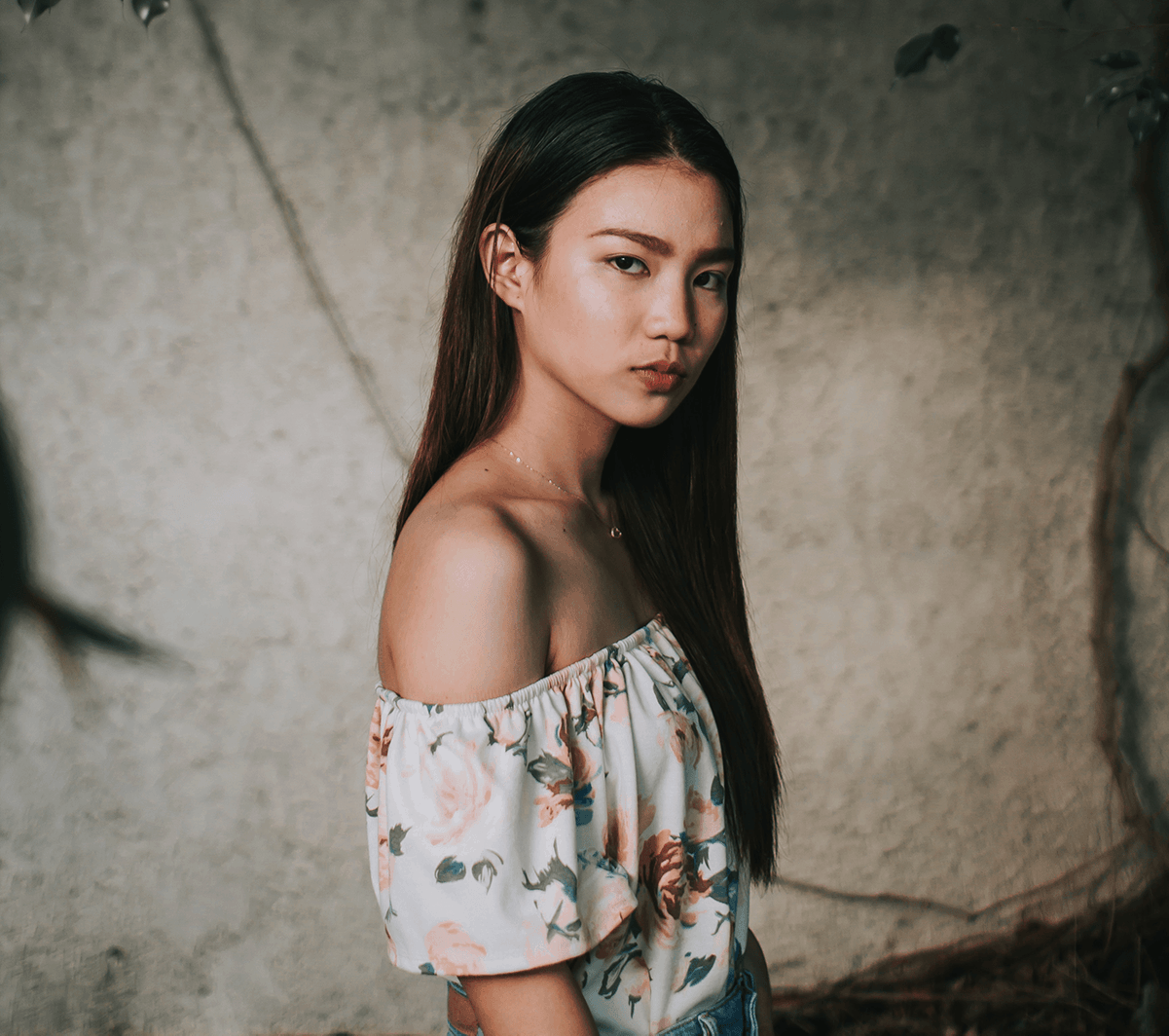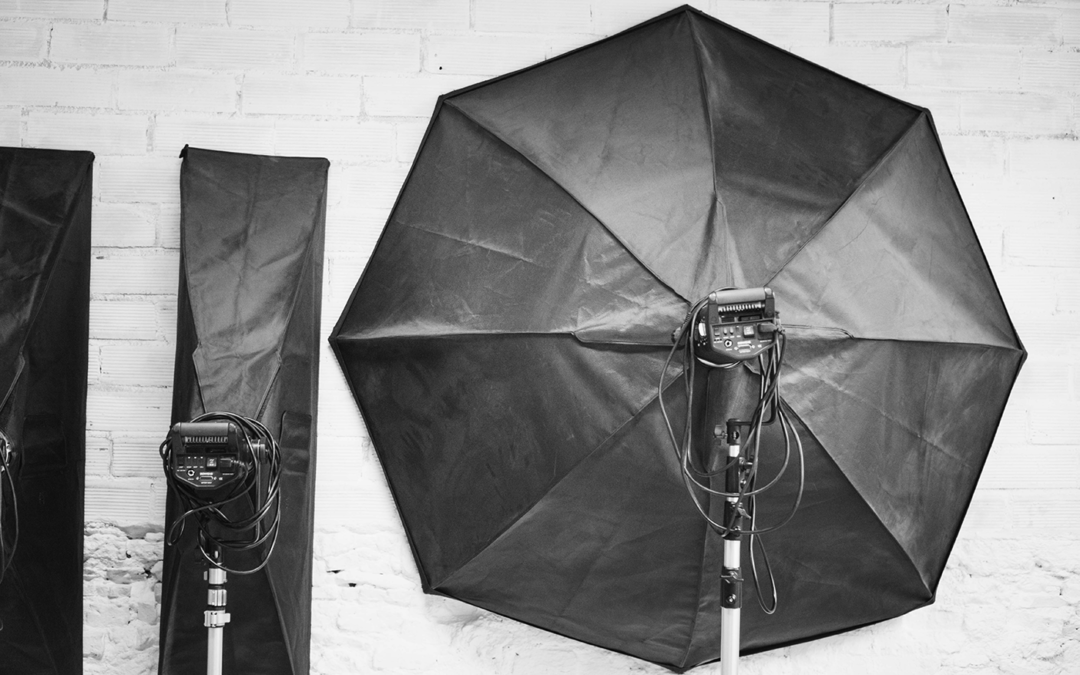Perhaps the most challenging yet rewarding element of photography is lighting. In certain cases, it can ruin a shoot, where in others it can create some amazing images. Golden hour has long been one of the best times to shoot. However, sometimes there are factors that don’t allow us to shoot at the most optimal times. Thankfully, there are some tools photographers and videographers can include in the film bag to control and make lighting conditions better. In this article, we will talk about utilizing Reflectors, ND Filters, and Diffusers.
Reflectors
Using Reflectors for Video Shoots
One of the most affordable and versatile tools a videographer or photographer can utilize is a reflector. Reflectors are used to reflect natural or artificial light onto a desired subject, without having to use flash or any other lighting sources. Reflectors can be great in applications where flash may be too intense, or to achieve a more subtle lighting look. There are two types of reflectors, either rigid or flexible. Rigid reflectors are typically made with some kind of metal such as aluminum, and cannot be bent or flexed. Flexible reflectors are usually more practical, as they can be folded in and wrapped up for storage. Flexible reflectors may sometimes come in a white or a gold color.
Determining which type of reflector is best for you
The main thing to consider when choosing between these two types of reflectors is the practicality of both. If the job involves a lot of fast moving parts or a limited time frame, flexible reflectors may be the best option for versatility and ease of use. If you have more time on set, and need the highest quality light possible, a rigid reflector may be the better option for you.

Using Reflectors as a Keylight, Fill Light, and Rim Light
It is important to try and shoot at times of the day where the sun is less intense. Try to shoot closer to sunrise and sunset when using reflectors. To use a reflector as a key-light in daylight, place the sun behind your subject, and offset the reflector in front of your subject. Make sure the reflector is close enough to your subject that it properly fills in shadows. Another great option to create a key light with a reflector is when your subject is out of direct sun and in the shade.
You can use a reflector to push light onto your subject in the shade. Reflectors can also be used as fill lights. A white card can be used to create a filling light from the front, with the sun acting as a proper back-light behind the subject. A rigid aluminum reflector can create a rim light, with the sun being used as a fill light. The ability of a reflector being able to be used for so many different applications as a light source makes it an essential.
Using Reflectors Indoors
In most cases, reflectors are limited indoors. However, there are certain instances where reflectors can be really useful indoors. You can use a spotlight to bounce off of a reflector, and create a light that is less intense. Another great use for a reflector indoors is near a window. Place your subject close to a window and use a reflector to bounce light from the window onto the subject.
Different Color Reflectors:
Reflectors come in several patterns and colors depending on the application. White reflectors are great for bouncing intense light onto your subject to counter shadows under the nose and eyes. Silver is one of the most reflective colors, and can be used for targeted reflections onto the subject. Gold reflectors are nice for some color addition to a scene. Gold reflectors add a perfect amount of warmth and glow that is similar to that of a sunset.

ND Filters
What are ND Filters?
ND filters are screw on, or slide on filters that can be used to block the light similarly to that of sunglasses. ND filters can be used in harsh lighting conditions to help control the amount of light hitting the cameras sensor. The main benefit of ND filters is that you are able to slow down your camera’s shutter speed. This allows you to do longer exposures during the daylight with slower shutter speeds.
How can ND Filters Be Used?
ND filters are great tools to capture motion with a slow shutter speed from moving things like water. They allow another element of creativity to come from taking photos during the day. The best thing about ND filters is that they come in different tints. You can control how dark you want the image to be simply by switching the ND filter out. Without a filter, achieving the image a slow shutter or high aperture provides would be impossible in the middle of the day.
The only thing you will need if you are using an ND filter is a tripod. Depending on how slow you want to bring the shutter speed down, you are going to want a tripod to make the shot as stable as possible. Many famous photographers have used ND filters to capture moving water at waterfalls, taking advantage of the ability to use a slow shutter speed. Another great application for using ND filters is when using a high aperture. It can be hard to achieve a shallow depth of field in broad daylight due to the fact that your photo will become overexposed. With a filter, you can shoot at f/2.8 or less and not have to worry about the image becoming overexposed.
Graduated Filters Vs Non Graduated:
ND filters also come graduated, which means they gradually get darker on one side of the filter. This allows you to control what portions of an image you want to be darker. For example, if you are shooting in a forest that has a shady floor but the sky is open and bright, you can make the darker part of the ND filter cover the sky so that you can properly expose the shadows. Graduated ND filters can come in handy when there are dark shadows and a bright sky.
Diffusor
Sometimes the light is perfect but is too intense to leave untouched. In these cases, the best thing to use is a diffuser. Most reflectors come with diffusers in them. The Diffuser allows you to make the light less intense by eliminating a portion of the rays. It is kind of like a large ND filter that you hold. Diffusers take what would normally be impossible lighting, and can create nice, shady, even lighting.
Good lighting can make or break a shoot. If you include diffusers, reflectors, and ND filters into your shooting camera bag, you will be able to control the lighting easier. Being versatile is perhaps the most important aspects of being a videographer of photographer. Bring each of these elements the next time you go on a shoot to ensure you are able to control the lighting.

